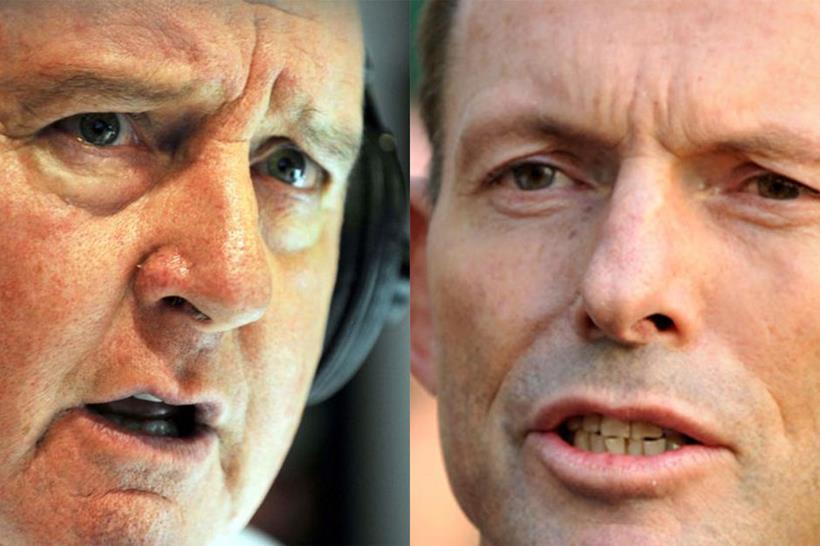
Thursday 18th July 2013: ABC News.
“Holden said it was assessing the Federal Government’s Fringe Benefits Tax (FBT) policy changes and was worried about the potential impact. In a statement, the carmaker said its early evaluation suggested there might be a potentially significant impact on the new car market, particularly on locally made vehicles”.
Was this a folly of government policy to not aid the car manufacturing industry? Or was this a failure in planning on the part of Holden and, by association, Ford and Toyota as local car manufacturers?
One could argue that the fringe benefits tax exemption was – and is – an anachronism that will not stand the passage of time if we think in terms of the next 30 to 40 years. It is likely that a government seeking to make budget cuts will make a rational decision not to fund salary packaging and short term new car sales, in favour of the health budget required to service an ageing population.
Either car manufacturers do not conduct scenario planning, are poor at it, or part of the response to their scenario plans is to lobby vociferously through the associations of which they are members.
Scenario planning originated as a military strategic planning tool and was commercially utilised to a great extent by Royal Dutch Shell. Shell created global scenarios regarding external events every seven years or so. The scenarios they developed shaped the context in which they tested their commercial strategies. The question was: “Can the commercial strategy survive the range of scenarios which could eventuate?”
Whilst Shell’s strategic planning unit developed several situations, usually only two scenarios were taken through for consideration by the all-powerful Committee of Managing Directors. A good example of a scenario was: not long after the Berlin Wall came down, one which postulated that previously communist countries would flourish economically under a democratic rule or alternatively contract as old comrades of the communist regime hung on in democratic guise and took personal advantage, rather than drove benefits for the community. The range of outcomes under each scenario had significant outcomes for supply and demand and hence pricing of oil and on the free flow of capital. Long term commercial strategies had to take into account whether they were viable under the range of outcomes.
Scenario planning is great for the big boys like Shell, with seemingly unlimited financial and intellectual resources. What about government departments and small to medium companies. Can they use scenario planning effectively?
The answer is an unequivocal yes.
Taking our own company as an example, twice we have been in the situation where two organisations have formed more than 80% of our revenue. A risk analysis showed us that our business would not survive several scenarios in which adverse economic conditions could cause either organisation to curtail their trade with us. Our commercial situation was one of high risk.
To undertake scenario planning, use the internet and/or major economic publications from local and international governments to determine what the major external risks are for the industries you serve and the industry you are in.
A good example is provided by our membership of the Pacific Power Association. Most Pacific power companies have small diesel, fuel oil or hydro generators increasing supplemented by wind and solar power. Funding agencies from including, but not limited to, Australia, France, New Zealand, the UN and the World Bank encourage the use of renewable power, at times, to the exclusion of making diesel generation, for example, more economic. There is a limit to which electricity generation, which is variable in supply from sources such as wind and sun, can be a part of the mix of a reliable baseload supply.
The current business cases are built on an increasing cost of petroleum fuel. However, a quite believable scenario is that the US, on the back of their newly accessible, cheap, and plentiful supply of shale oil and shale gas, will become a net exporter rather than heavy importer of energy. This will drive oil prices down, as shown in a Thoughts on the Line below:
It is possible that the ambitious renewable energy targets for the Pacific will not only be technically difficult to integrate high levels of variable supply, but also cost poor countries money they cannot afford.
A less specific example might be low unemployment. What will the fight for talent and salary levels do for our business model? What tactics should we use to attract and keep talent, other than salary? What can we do now that means we are future proofed as much as possible?
Or, what does our business model look like under an Australian dollar at high and low exchange rates of the country of origin of our major suppliers and buyers?
The salary packaging industry and local car manufacturing did not have business models which worked under changes to fringe benefits tax laws.
Under what scenarios will your business flourish or flounder?







